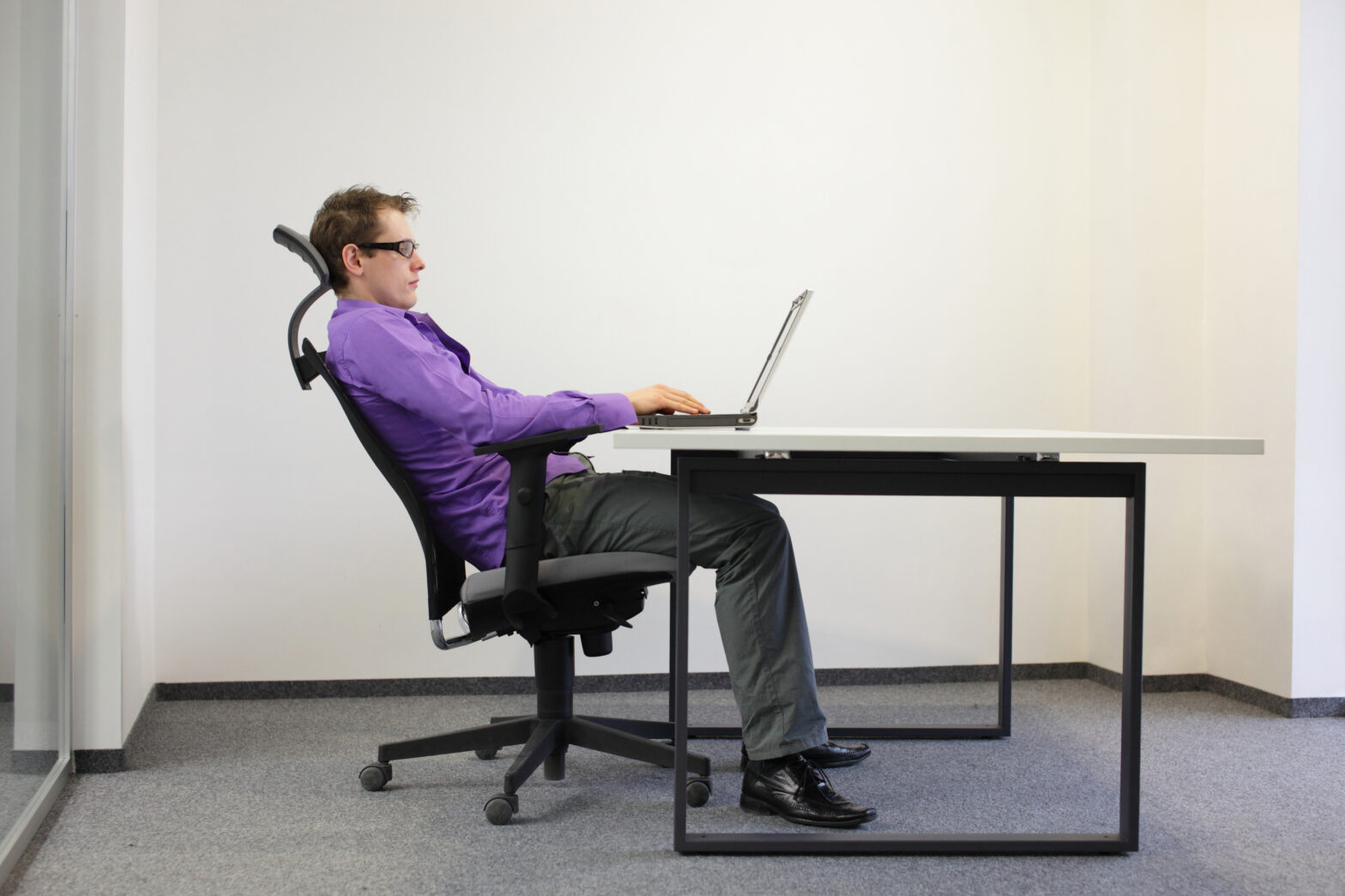Injured employees cost small businesses a lot of money. In the UK alone, musculoskeletal injuries suffered by workers cost £5.7 billion per year. When you own a small business, you can’t afford to lose a lot of money because of injured workers, and you also can’t afford a lot of turnover. Most importantly, you owe it to your employees to provide a safe and humane working environment. When businesses invest in ergonomics, which is the science of optimising the work environment to match the worker, they often make some initial investments in new equipment or new workspaces. According to research from Neville Stanton of Brunel University London, most recover those costs within one year of implementing the changes.
Cost savings come from:
- Fewer lost employee workdays
- Lower workers’ compensation costs
- Increased productivity on the job
- Lower medical expenses
- Fewer insurance-related administrative costs
By spending just a little upfront to create an ergonomically-sound workplace, small business owners like you will save a lot of money over time. You can spend less time dealing with workers’ compensation issues and more time on improving products, delivering better service, and growing your business. Ergonomics changes the way people work by addressing four different factors: workstation layout, manual handling, task design, and scheduling.
Workstation layout
When people think of ergonomics, redesigned workstations usually come to mind first. Although good design varies according to the type of business you run, these are some of the biggest workstation layout problems:
- Inadequate lighting. Poor lighting can lead to slips and falls, and it makes it difficult for employees to spot quality discrepancies in their work
- Incompatible chair and work surface height. When the work surface and chair aren’t at the right heights, workers demonstrate poor posture that places strain on their backs and necks
- Poor placement of items. The items that your employees use most should be placed within easy reach. Items used less frequently can be placed on high shelves or in boxes
Manual handling
In the quest to get a lot of work done, you might place inappropriate physical demands on your workers. For example, asking them to lift a harmful amount of weight, or failing to provide adequate rest breaks, can lead to worker injuries and lost productivity. Examine how your workers lift heavy objects, noting whether they use proper lifting techniques or whether they bend and twist their bodies into awkward positions. If they’re lifting improperly, think about how you can redesign the workspace to make manual handling easier. Also, beware of asking your employees to perform tasks on wet or uneven surfaces.
Task design
It’s tempting to try to standardise every workplace task with the idea that it makes everyone more efficient. In reality, the people who perform different tasks are in varying levels of physical health. They vary in terms of physical strength, body size, and functioning of their senses (vision, hearing, etc). Also, your workers have different experience levels, differing levels of knowledge, and unique personality traits. When you demand both quality and quickness – and who doesn’t – your employees will make trade-offs. You have to help them set the right priorities. Smart pacing keeps them from violating procedures, looking for shortcuts, or bypassing safeguards. Ask your employees to come up with better ways to design their daily routines and tasks, and listen to their input.
Scheduling
Fatigue contributes to many injuries and mishaps in the workplace. If you’re asking your employees to work shifts that are too long, or you’re asking them to work too much overtime, you could be setting yourself up for costly liabilities down the road. Also, asking your employees to work inconsistent shifts, such as mixing day and evening shifts in an unpredictable way, can lead to exhaustion and to making mistakes on the job.
Where to start
Look at your small business, and decide which factors contribute to your most frequent worker injuries and problems. You might see a mix of problems, such as both poor workstation design and poor scheduling. Prepare to invest about one to two percent of your annual budget into making ergonomic improvements. The cost savings over time will help you recoup your investment and make more money in the long run.





